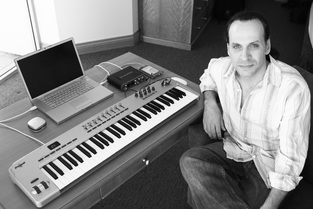The Gémeaux Awards include a series of annual awards given out to French Canadians for their accomplishments in Canadian television. There are a number of categories ranging from best direction and best original music to best writing and best editing. Yves Frulla and dozens of other men and women have all been nominated for Gémeaux awards.
Over the years, the Gémeaux awards have had many talented nominees. In 2011, Richard Blaimert earned a best writing nomination for the comedy Penthouse 5-0. Ramachandra Borcar earned a nomination for composing the original music for Comme Par Magie in 2010. One of the very first nominees was Normand Roger, who, in 1987, was nominated for composing the music for Le Vieillard et l'enfant.
In 2002, Yves Frulla earned a nomination for the music score used in the Canadian Broadcast Corporation's broadcasts of the Salt Lake City Olympics. He was up against other strong competitors, including Luc Sicard, who won for the music of La Vie, La Vie.
Over the years, the Gémeaux awards have had many talented nominees. In 2011, Richard Blaimert earned a best writing nomination for the comedy Penthouse 5-0. Ramachandra Borcar earned a nomination for composing the original music for Comme Par Magie in 2010. One of the very first nominees was Normand Roger, who, in 1987, was nominated for composing the music for Le Vieillard et l'enfant.
In 2002, Yves Frulla earned a nomination for the music score used in the Canadian Broadcast Corporation's broadcasts of the Salt Lake City Olympics. He was up against other strong competitors, including Luc Sicard, who won for the music of La Vie, La Vie.

 RSS Feed
RSS Feed